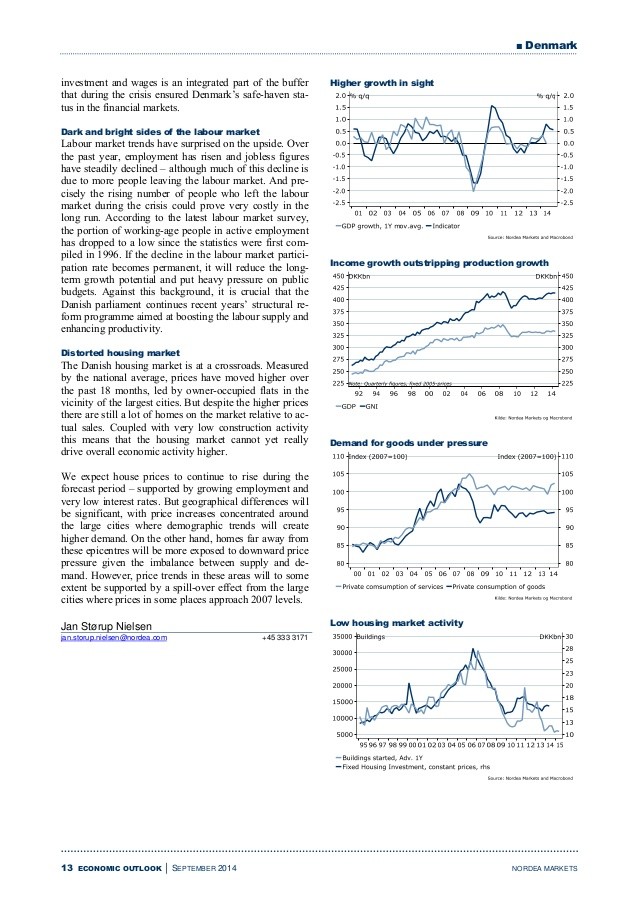The Bright Side of the Financial Fallout
Post on: 28 Июль, 2015 No Comment

Stacy Rapacon, Reporter,
Kiplinger.com
Friday, September 19, 2008; 12:00 AM
Things are looking pretty gray on Wall Street, but there is a Technicolor side to this storm: The companies that remain will be better for having weathered it. And David Giroux, who runs T. Rowe Price Capital Appreciation fund (symbol PRWCX ), is shopping for the stocks of companies that will be left standing taller.
A lot of what we’re trying to do right now is to find those companies that will be beneficiaries on the other side of this crisis, he says. Among the investment banks, he says Morgan Stanley ( MS ), which he bought at the start of the year, and Goldman Sachs ( GS ) will come out winners in the long run simply because they’ll have little competition. After all, Bear Stearns and Lehman Brothers are history (or nearly so) and Merrill Lynch is in turmoil as it contemplates being run by Bank of America ( BAC ).
Speaking of BofA, Giroux says its stock, one of his fund’s top ten holdings, will be another winner. With its deal to acquire Merrill Lynch (which the fund also owns) at $29 a share, Bank of America stock will suffer some short-term pains, he predicts. (No kidding! The bank’s shares tumbled 21% on September 15.) But in two or three years, he adds, BofA’s move will look incredibly smart.
Finalizing its acquisition of Countrywide Financial in July made BofA the nation’s biggest mortgage lender. And with Merrill Lynch, says Giroux, it will become the world’s biggest brokerage business as well. This is one of those situations that is probably a buying opportunity for a longer-term basis, he says. Buying BofA convertible preferred shares, which fell less than the common shares today, was his largest purchase in the first half of this year.
Giroux also expects Kohl’s ( KSS ), one of the nation’s largest retailers, to benefit from the credit crisis. He says that its competitors, which include Sears and JC Penney. are closing stores while Kohl’s reports opening 28 stores in the first half of the year. He says that the company will be left with a bigger share of the retail market once the downturn is over.
With his contrarian investing style, Giroux has been finding many opportunities lately. A lot of people get scared about these market corrections, he says, but we actually get excited. And with 14% of assets sitting in cash at last report, the fund has plenty of buying power. He finds good values in some financial stocks, plus those in the consumer discretionary (autos, clothes and appliances, for example) and materials sectors. We tend to gravitate to those areas where market uncertainty and dislike is greatest, he says.
Generally, he looks for stocks that are priced cheaply in relation to earnings, cash flow and book value (assets minus liabilities). He tends to buy companies when their share prices are 20% to 30% off their highs because, he says, this implies a lot less downside risk.
The strategy works for the fund, which at last report was only two-thirds invested in stocks, with other assets being in cash and bonds. This year, it lost 4% to September 15, beating its peer group by six percentage points and Standard and Poor’s 500-stock index by nine percentage points. The last time the fund closed a calendar year in the red, by the way, was 1990. And though Giroux has only been at the helm since July 2006, he has been an analyst with the firm for nearly a decade and carries on his predecessors’ strategy. Plus, T. Rowe Price is known to be a very collaborative firm.
The fund yields 2.56%, charges 0.7% in annual expenses and requires a minimum $2,500 initial investment.














